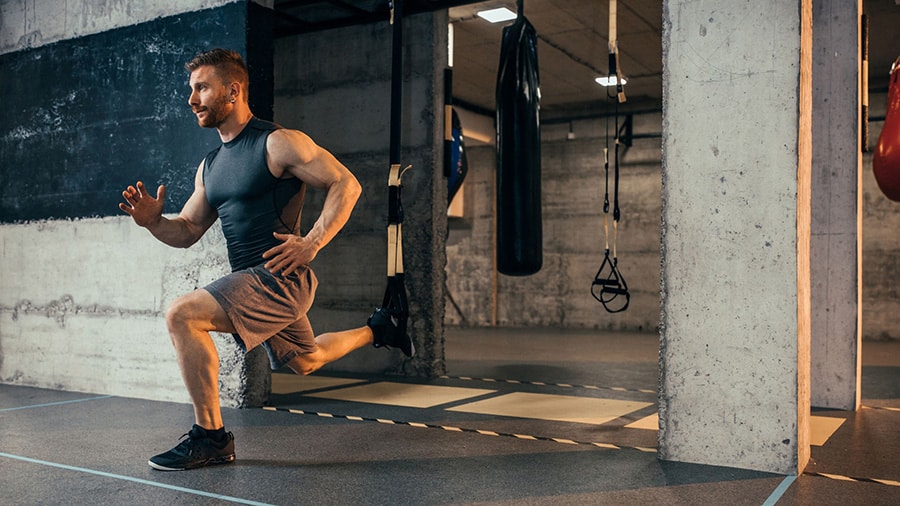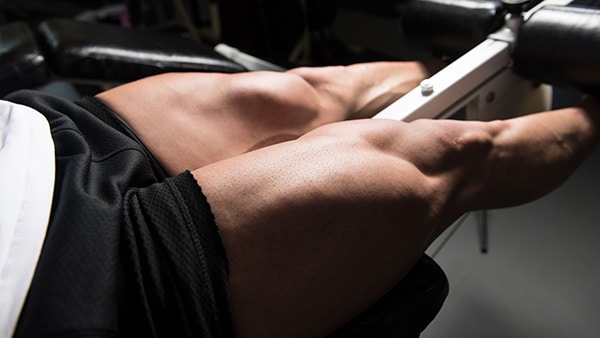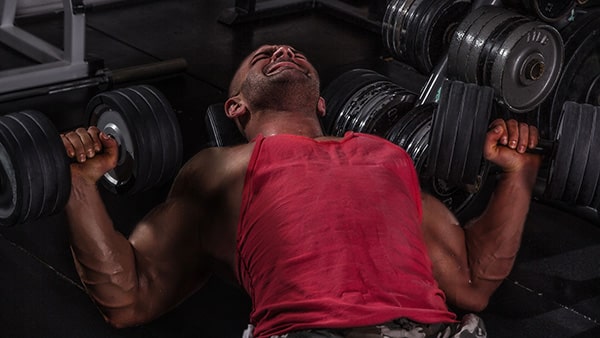You've probably already heard of stabilizing muscles. It's true that they play an essential role in athletic performance. But have you ever wondered what these mysterious muscle groups really are? Find out in this article about the importance of stabilizing muscles, and tips for work and strengthen them.
What are stabilizing muscles?
When we hear the term "stabilizing muscles" used, we often think of them as small "muscles". deep muscles with limited usefulness.
In reality, it is important to understand that each muscle group may be designed to stabilize a part of the body to facilitate the execution of a movement.
Depending on the situation, a muscle can therefore play several roles: it can be an agonist, antagonist, synergist or stabilizer.
Let's take the example of quadriceps. The latter is agonist, i.e. it drives the action, when you do a squat or kick a soccer. On the other hand, this same quadriceps becomes a stabilizer when you balance on one leg.
When you do exercises to strengthen abdominal beltThe hips act as stabilizing muscles. Their function is to stabilize your basin.
But more broadly, your abdominal muscles (especially the transverse abdominis muscle) and your lumbar region allow you to maintain good posture of your trunk. Lower back pain, and back pain in general, is often the result of a lack of muscle strengthening in these areas.
Composed of the infraspinatus, supraspinatus, subscapularis and lesser tuberosity, the rotator cuff is another illustration of what stabilizing muscles are all about. Its main mission is to stabilize the shoulder joint, whether you're doing strength exercises in a gym, or move around in your daily life.
What role do stabilizing muscles play?
As you can see, stabilizing muscles are essential. Without them, it would be impossible, for example, to maintain your upright chest. In short, they enable other muscles to work to achieve the desired movement.
This is all the more true when it comes to the practice of a physical activity such as bodybuilding. They help you to :
- Stabilize your joints;
- Maintain your posture;
- Exercise safely;
- Maximize your strength;
- Improve your sporting performance.
Let's take the example of squat.
In this movement, the quadriceps and glutes are the most important motor muscles. But many stabilizing muscles work isometrically. These include the calves, hamstrings, abs and erectors of the spine. It's also the case with the popliteus muscle, whose contraction stabilizes the knees.
Strengthen stabilizing muscles is an excellent way to progress.
How do you work the stabilizer muscles?
To train your stabilizing muscles, start by including free-load exercises in your training program:
- Dumbbell bench press;
- Military development;
- Drawing movements ;
- Squat ;
- Deadlift;
- Etc.
Would you like to follow a bodybuilding program to reach your goals?
In fact, these exercises better recruit the stabilizing muscles thanks to theinstability generated.
To strengthen the rectus abdominis and obliques, two fundamental muscles for stabilizing your trunk, I advise you to perform sheathing exercises : front plank, side plank, military plank, T-pumps, etc.
You can also use a fitness ball to add variety and complexity to your movements. Find out more in this article 15 exercises to do with a swiss ball.
Finally, don't overlook the proprioception. Training with a BOSU is an excellent exercise for your core and lower body stabilizing muscles. The same applies to the pilates methodwith its many health benefits.
Conclusion
Strengthening the stabilizing muscles is crucial for the athlete performance and for general health. Whether you're a beginner or an experienced bodybuilder, incorporating this work into your training will help you to progress and to reduce the risk of injury. To do this, don't be content with guided machines, and include at least one sit-up exercise in your week.









